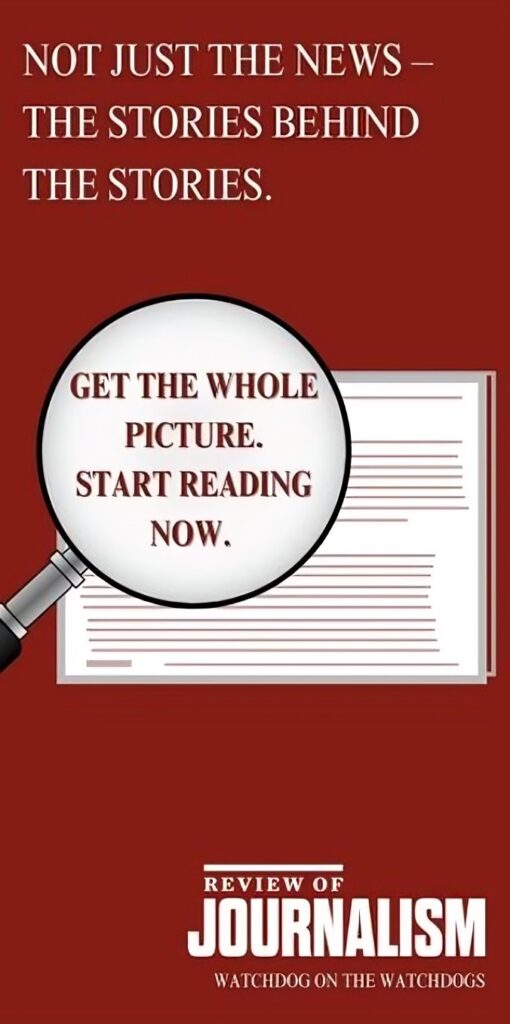Even as it raged, some called it the “forgotten war.” But the legacy of the Korean War is not forgotten. It is a prosperous, innovative, and democratic state: the Republic of Korea. Think of Hyundai vehicles, Samsung laptops and smartphones, LG household appliances, the cultural effusion of K‑pop, or the penetrating big- and small-screen sensations of Parasite and Squid Game. Less visible to the typical eye are the peaceful and successive changes of democratic government in South Korea since 1990. None of the above would form part of today’s economic, cultural, or geopolitical landscape if North Korean Communists had succeeded in seizing all of Korea when they swept through in 1950. For a time, they managed to occupy the entire peninsula, save the coastal city of Busan. Then United Nations forces, led by the United States, landed an army at Incheon, midway up the peninsula, and pushed back the North Koreans and a much larger Communist Chinese...
Geoff White is a former diplomat and the author of Working for Canada.

